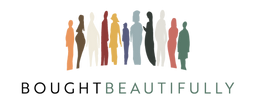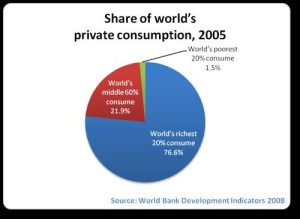
 Here I am in NYC, rockin' borrowed clothing (Thanks, Jer!!), This is step three in the How to Shop Beautifully flow chart! I entered into this series thinking it would be really easy and straight forward to write; I would simply share what we do, (which is still what I am going to do), but as I was writing, I was confronted with the fact that what we do is FAR from perfect, that there is a lot subjectivity involved in the choices we make, and that we still have large areas for improvement. For example, I as I was re-researching some of the companies to give you tangible evidence, I saw how multifarious the problem truly is; for example, how can a company like the Gap Inc. simultaneously appear on the worst Human Rights violator list and the most ethical company list? The Gap isn’t unique, you can find positive and negative arguments for almost every company. This dichotomy sheds light on the enormity and complexities of the problem and the fact that it doesn’t lie within one company or industry but with our culture.
Here I am in NYC, rockin' borrowed clothing (Thanks, Jer!!), This is step three in the How to Shop Beautifully flow chart! I entered into this series thinking it would be really easy and straight forward to write; I would simply share what we do, (which is still what I am going to do), but as I was writing, I was confronted with the fact that what we do is FAR from perfect, that there is a lot subjectivity involved in the choices we make, and that we still have large areas for improvement. For example, I as I was re-researching some of the companies to give you tangible evidence, I saw how multifarious the problem truly is; for example, how can a company like the Gap Inc. simultaneously appear on the worst Human Rights violator list and the most ethical company list? The Gap isn’t unique, you can find positive and negative arguments for almost every company. This dichotomy sheds light on the enormity and complexities of the problem and the fact that it doesn’t lie within one company or industry but with our culture.


